Nike Flyknit Trainer (2012)
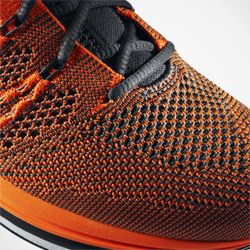
At the big automotive industry shows the flagship brands impress with concept cars, showing the market what they’re capable of creating. These are almost always doomed to remain concepts, and rarely come to market in their original forms. Well, the Nike Flyknit Trainer is like that concept car, but one that made it to production.
I had a pair of first impressions. One is the extreme lightweight feeling of this shoe and the other involves the upper, which looks a bit weird and, at first glance, chic. It’s like your grandmother knitted you a sock and glued it on a shoe sole—but in with a nice high-tech look.
The upper is what this shoe is all about. It’s a one-piece almost-seamless design. It feels soft and has limited stretch to it. It’s more tightly knitted in places were you need a little more support, such as in the midfoot section, it’s a little more open-meshed where it can be, and it seems to blend smoothly from one knitting motif to the other. Support must not be confused with stability in this shoe, because stability is not what the upper (or any upper) provides.
You can say at least that this upper is one of the most breathable on the market but, due to its style of manufacture, you will get your feet wet within a minute when you wear these in rainy conditions. I tried them once in rainy weather and my feet got a bit cold due to the rain because I don’t wear socks, but the material itself stayed relatively dry.
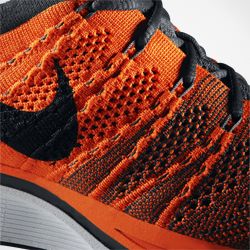
The upper is, as noted, supportive, and does not stretch overmuch. It is form fitting around the foot. It’s narrow in the heel and midfoot, slightly roomier at the forefoot. I felt no constriction in them.
The platform Nike built it on reminds me a lot of two models from a decade and a half ago: the Flyknit Trainer feels like the old Nike Zoom Talaria and the Zoom Elite from ’98. Both those models were built on a platform with a very narrow midfoot section and without much stabilityi. Fast forward to 2012 and this Flyknit Trainer feels very similar.
The feel is responsive due to the Zoom Air units in the heel and forefoot, which aren’t as soft as the regular Air units as found in—for example—the Nike Pegasus. Considering the very low weight of 8.4 oz.—and it feels even lighter on your feet—there is a remarkable amount of cushioning.
Although not especially marketed by Nike for the midfoot-to-forefoot strike runners I wouldn’t suggest this shoe to a heavy heel striker. Nike is suggesting that this shoe be used for high speed runs.
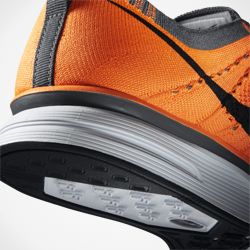
The sock liner is the one thing I have mixed feelings about. It seems a bit wide in the midfoot section. It’s wider than the platform it’s sitting on. When I laced them up it felt if they curled up a bit and on my right foot it rubbed al little. I replaced them for a slimmer shaped sock liner and the rubbing was gone.
This is a shoe for runners blessed with a neutral gait. If you need any stability at all from your shoes skip this one.
It’s available in a huge number of colors. This is a unisex shoe so Nike is using a men’s-only sizing range. Women, if you normally wear a women’s Nike size US 8.5 you should take a size US 7 in this model.
I think this is a very cool shoe and this upper might give you a small peek into the window at how uppers are going to look in the next few years. It does have one downside and that’s the price: pretty hefty at $150.

[Editor’s note: Our capable editor-at-large for footwear Jeroen van Geelen owns Total Running, one of the more important running and triathlon retail establishments in The Netherlands.]


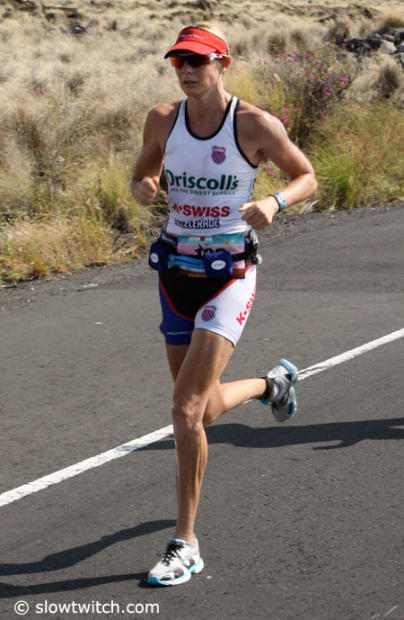
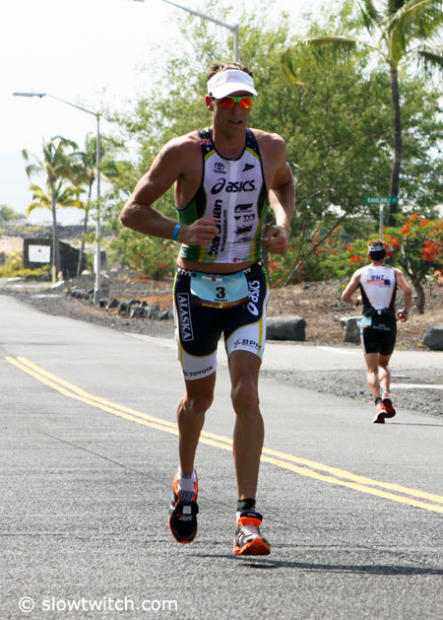
Start the discussion at slowtwitch.northend.network